Fearful Diver Saves Struggling Shark
People who rescue animals have historically been labeled “superheroes.” This designation is because animals and humans do not communicate in a common language. Imagine a shark trying to beg for help; they often show their distress in body language, which could sometimes be perceived as aggressive or intimidating.
It takes courage to help animals in pain. Often there are distressed animals in different spaces, but we rarely see cases of sharks that need help. Let’s explore the story of one “superhero” who saved a shark.
Shark Facts 101
Sharks come in different species scattered across oceans of the world. These fish comes in various colors, shapes, and species, are known as aquatic animals and one of the deadliest sea creatures to encounter.

Source: Wikimedia Commons
This is because they are known to be fearless hunters and also prey on many other sea creatures. Some species of sharks are also known to prey on smaller sharks.
The Most Popular Shark Species
Some of the known shark species are the sea giant basking sharks, the whale sharks, which feed on aquatic plants, and the odd-looking hammerhead sharks. There are also the well-known great white shark and tiger shark that prey on other aquatic animals and sometimes attack people.

Source: Shedd Aquarium/Facebook
Other smaller species of sharks, such as the lemon shark, are often seen approaching humans in the ocean.
Debunking Common Shark Myths
The popular belief that sharks go crazy when they smell a drop of blood, even from a mile away, has been found to be a myth. Still, people do not want to get cut while they swim or dive in open waters for the fear of getting attacked.
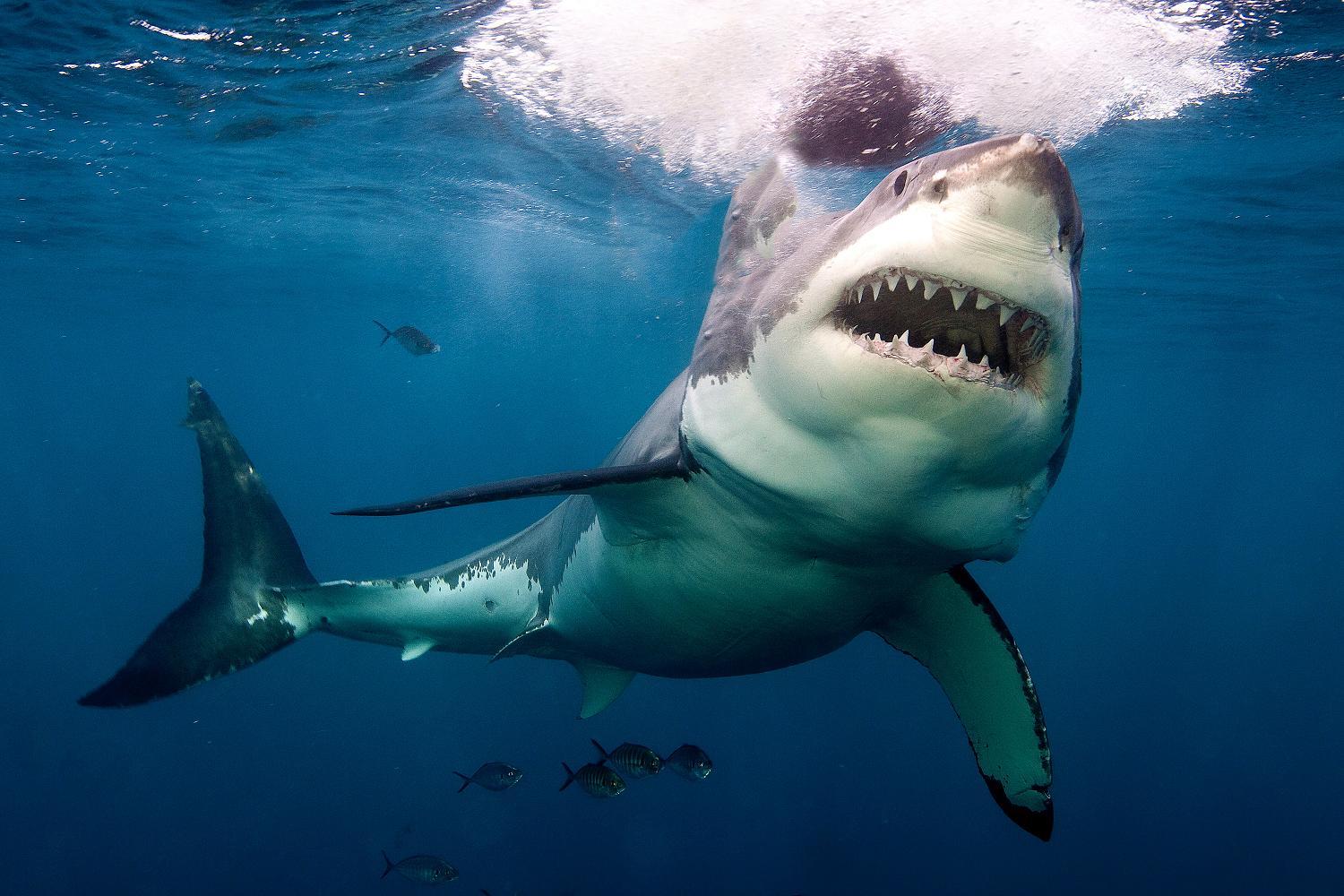
Source: The Times & Sunday Times/Pinterest
Even though sharks respond to the scent of blood, they are not attracted to human blood—they go after other fishes or sea lions.
Shark Attacks On Humans Are Rare
Sharks are typically as curious as other animals when they see something unusual around their habitat. Their victims are often divers and surfers, and these attacks happen as a result of curiosity, especially when they see splashes or movements in the water.
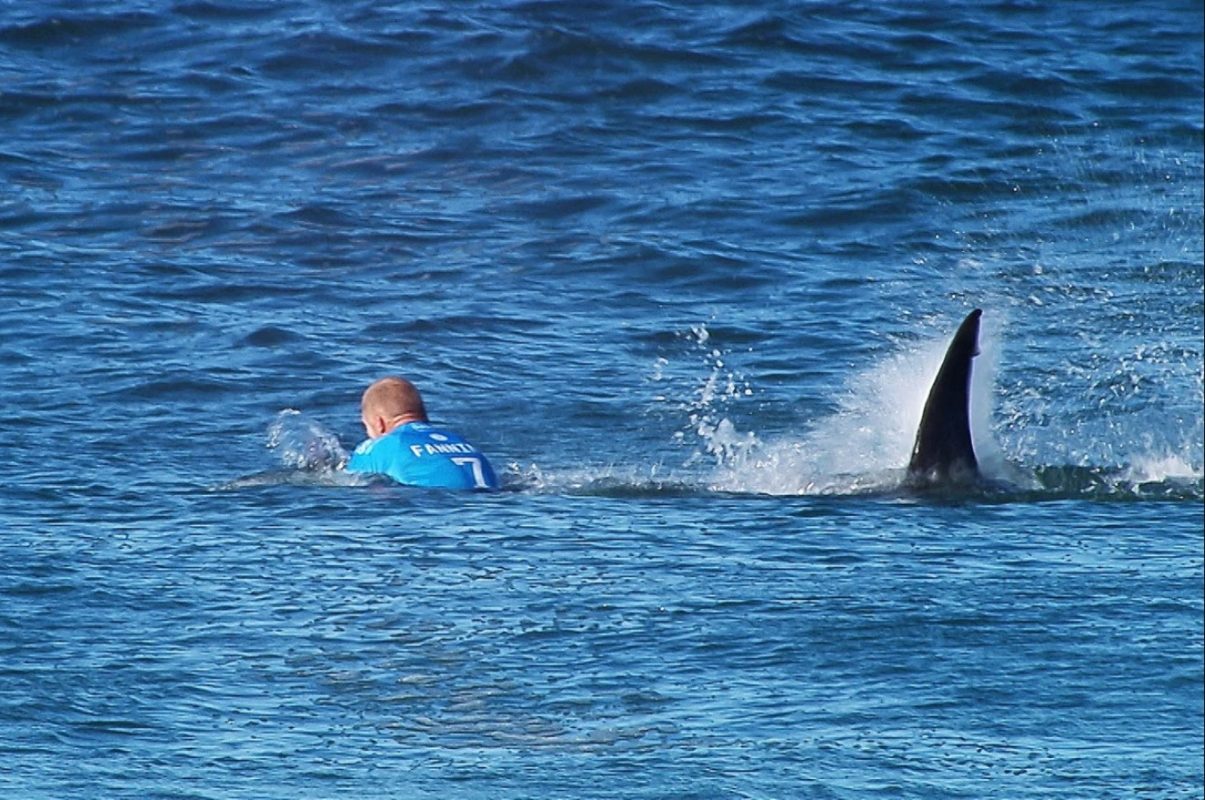
Source: Getty Images
Motion sparks their curiosity, and they approach the source of the unusual movements. This sometimes leads to attacks on people, but these attacks are rare and even more rarely fatal to humans. There has been no record of sharks actively hunting humans as prey.
How Sharks Feed in the Wild
Sharks have been known to be attracted to prey by the scent of blood or scavenge when hungry. They circle their prey out of nowhere and usually from below. This behavior intimidates the prey, and in an event of overexcitement, sharks go into “shark frenzy.”
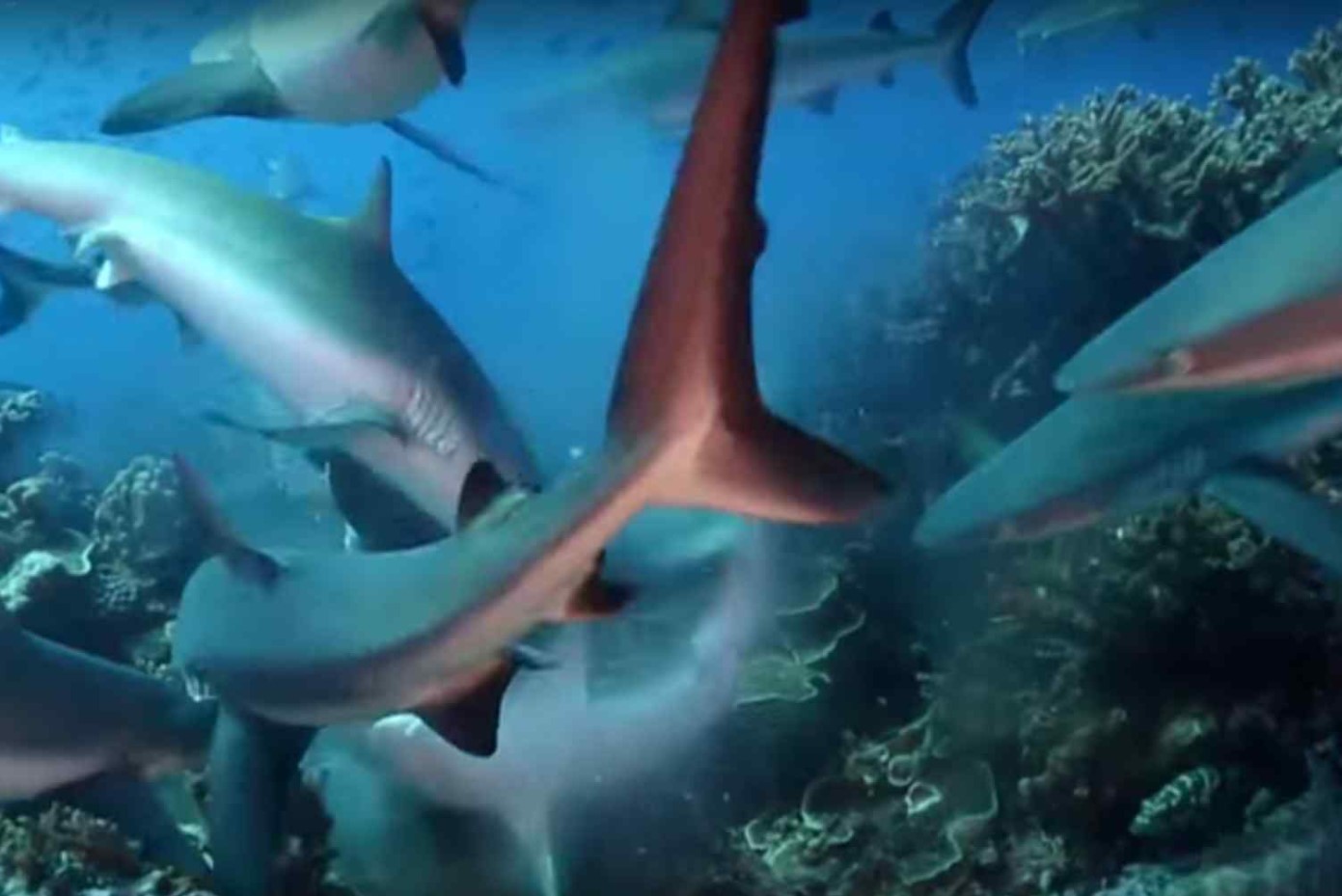
Source: Discovery Channel UK/Facebook
Sharks can go a long time without food, but in captivity, they may refuse to feed altogether. Smaller-sized sharks, such as the lemon shark, feeds on smaller fish and crustaceans.
The Lemon Shark Species and Where to Find It
The lemon sharks are smaller species of the shark family that feed on fish and other sea animals. They have a characteristic lemon-colored skin, hence the name. They can tolerate both fresh and saltwater, and are usually found in shallow coastal waters and mangroves.

Source: Ine/Pinterest
They often appear at Tiger Beach in the Bahamas, the Great Barrier Reef, and some parts of West Africa. Although they may appear intimidating, they are docile creatures that pose no risk to humans.
Lemon Sharks and Human Encounters
According to statistics from the International Shark Attack File, there have only been ten recorded attacks by lemon sharks that happened unprovoked. All incidents occurred in Florida or the Caribbean.
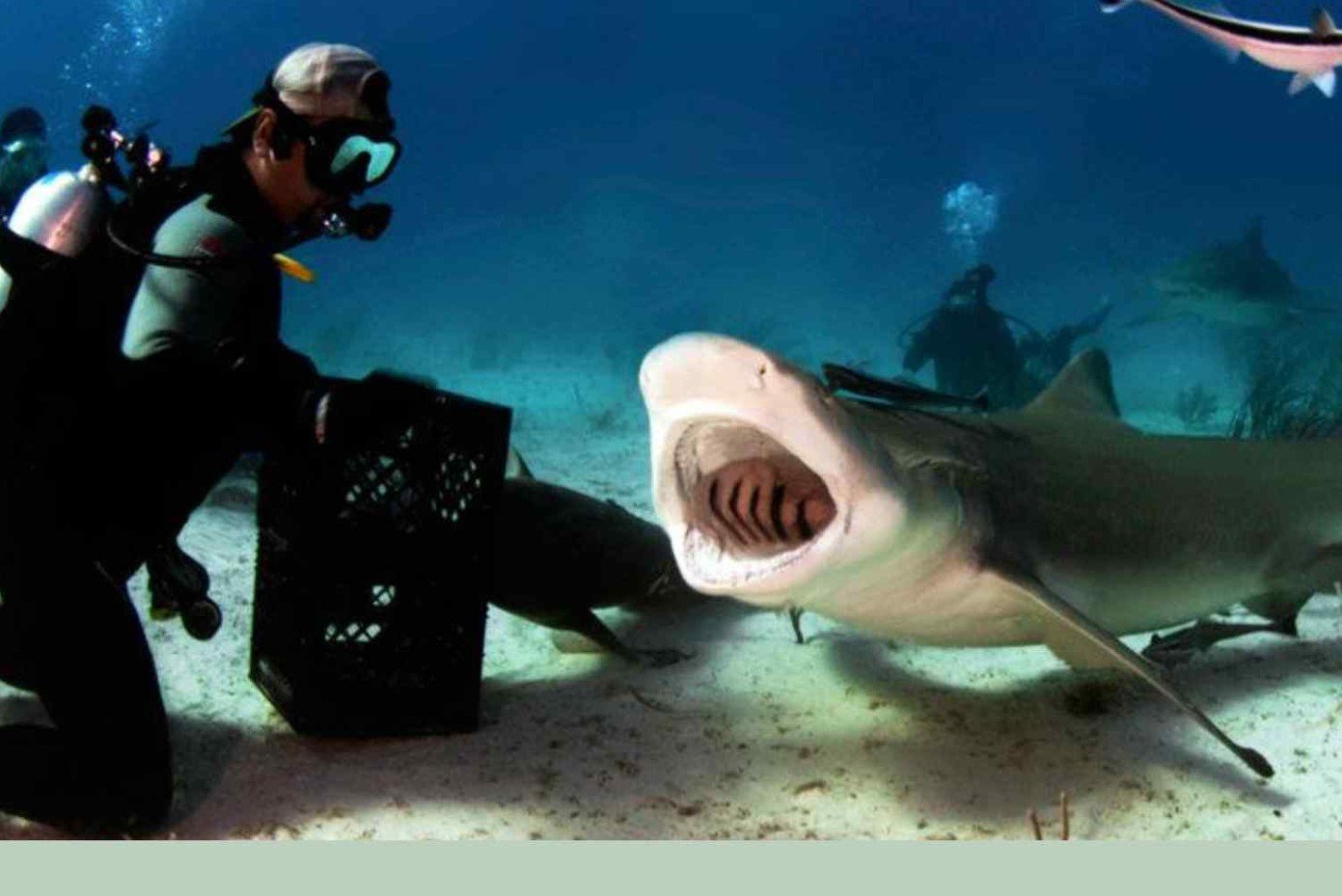
Source: SDM Adventures/Facebook
Fortunately, there have been no fatal attacks attributed to the lemon shark species. They frequently bump into divers in the ocean but do not pose a threat when encountered.
Divers in the Wild
Some of these encounters have been affirmed or recorded by divers. Divers go into the open water as aquatic zoologists, scavengers, as explorers or for sport. Most exploratory divers are known as scuba divers.
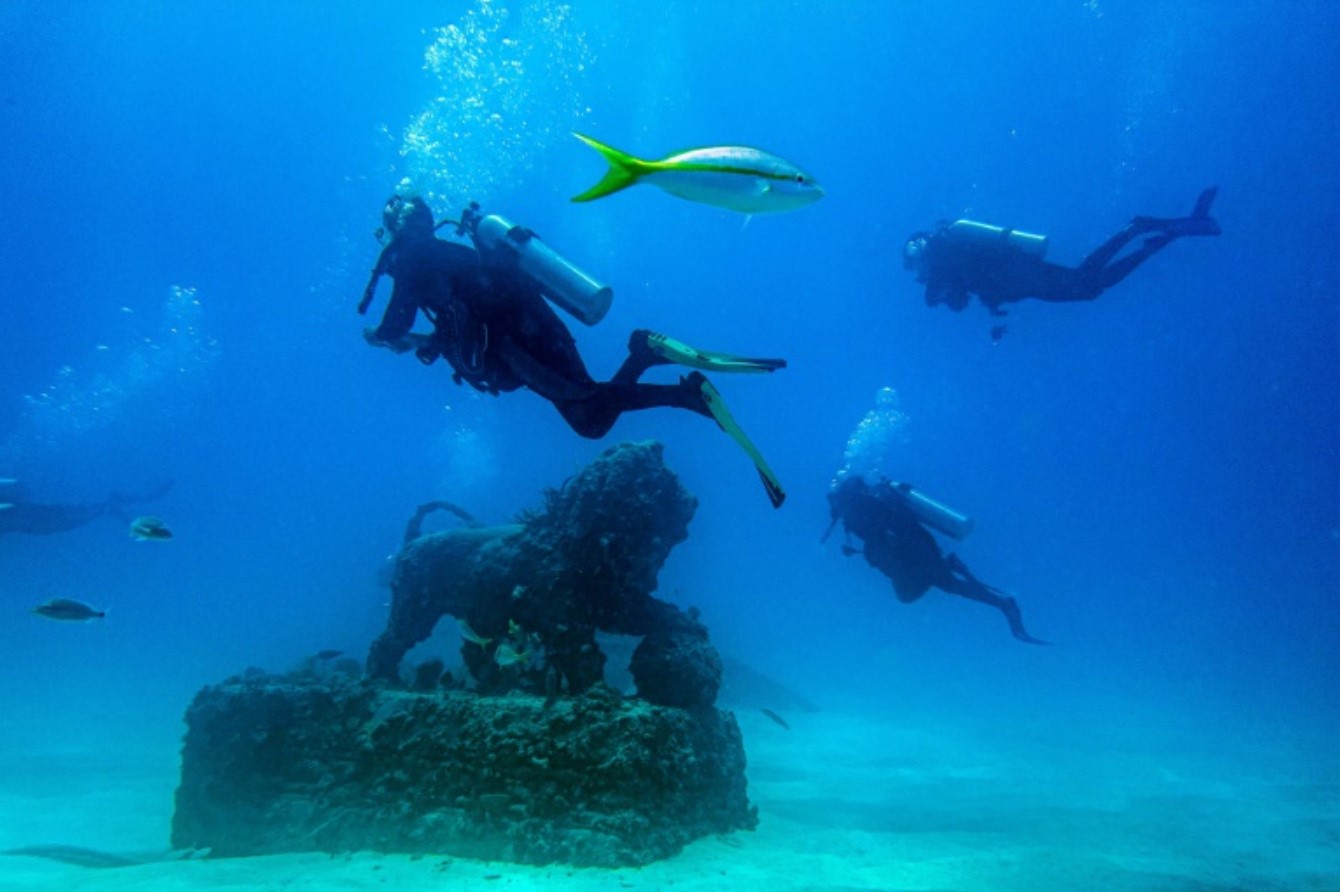
Source: Getty Images
They make use of several types of equipment that enable them to breathe while submerged as they explore the open waters. These divers are professionally certified individuals.
The "Superhero" Diver In Florida
One encounter, in particular, has gained attention from the media. Josh Eccles, a local diver, had been diving with Emerald Dive Charters in Jupiter, Florida.
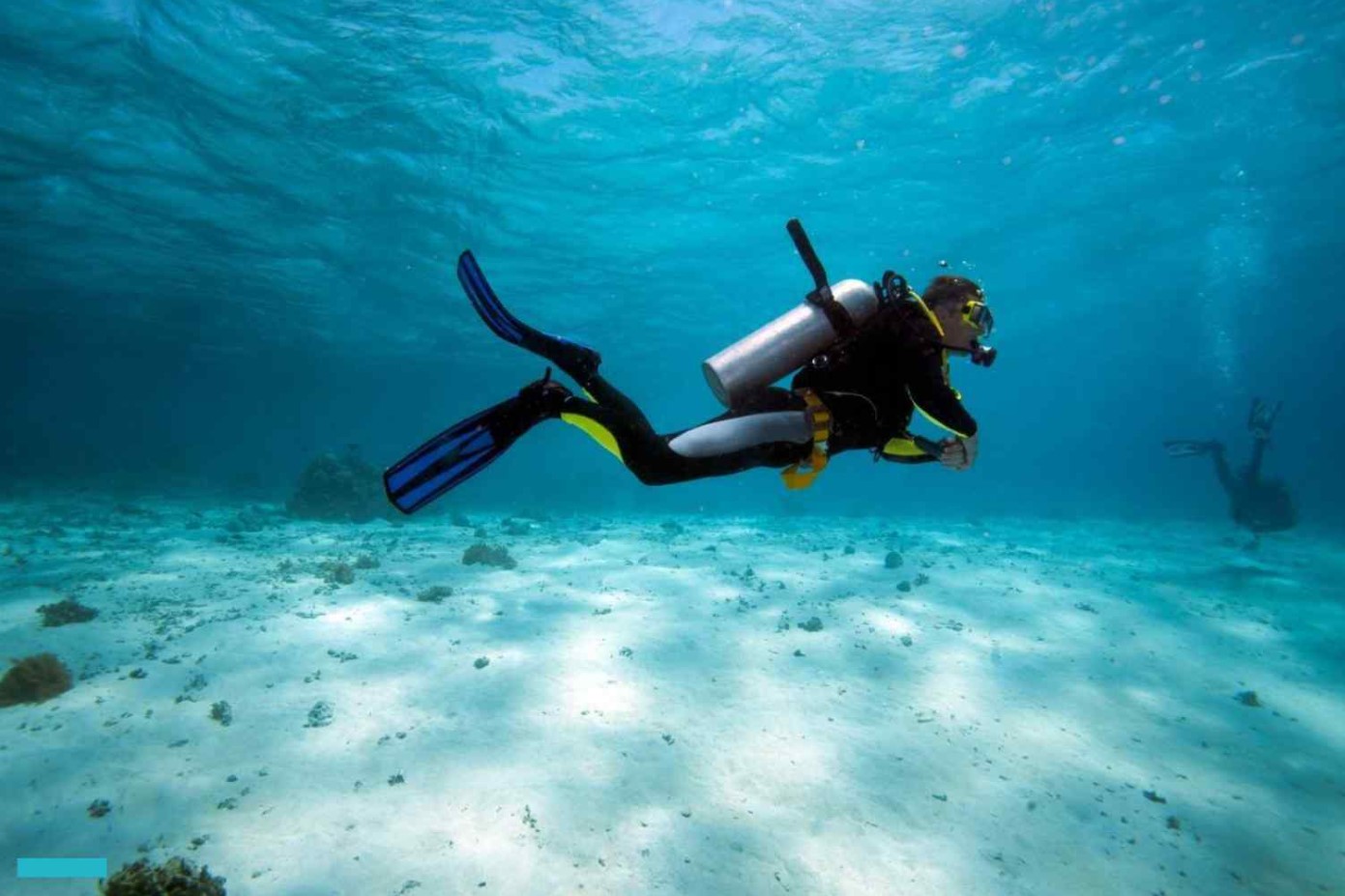
Source: The Adventure Junkies/Pinterest
He had been a local diver for five years and was very familiar with diving into open waters to explore. For the past five years, Eccles had been diving into Florida waters at least three times a day.
Strange Encounters of the Shark Kind
While swimming in the ocean as per his daily routine, he suddenly became aware of something unusual and figured something was amiss. He could see a shark trying to get his attention and considered it strange.
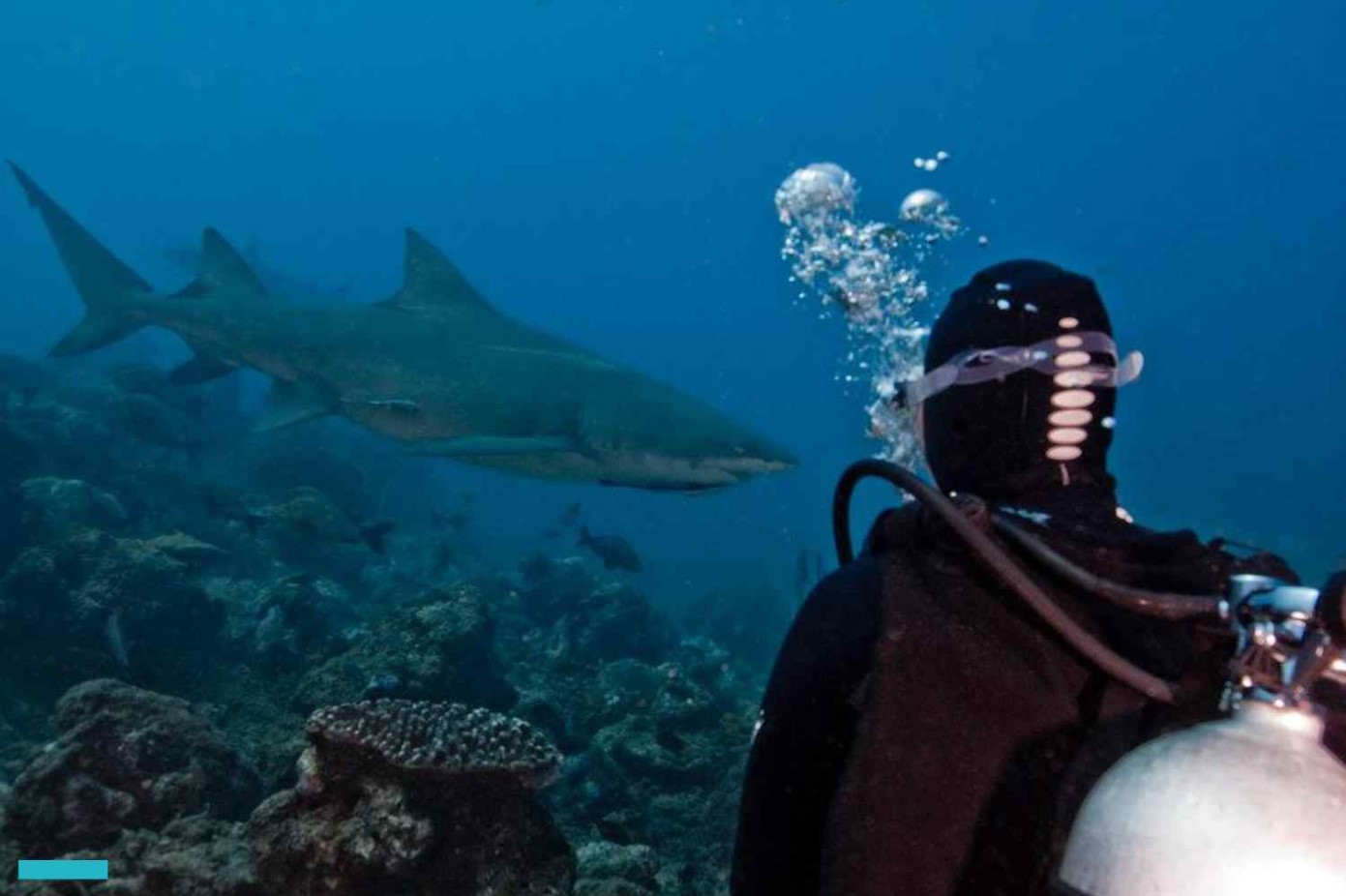
Source: Mancino Roberta/Facebook
The shark was a lemon shark, and although he knew this species frequently comes close to divers, they were usually docile when they approach.
The Lemon Shark's Intimidating Cry for Help
Eccles, who figured something was wrong, could not tell exactly what it was. The female lemon shark continued coming close and bumping her head against him while revealing her stomach, and then would swim away.
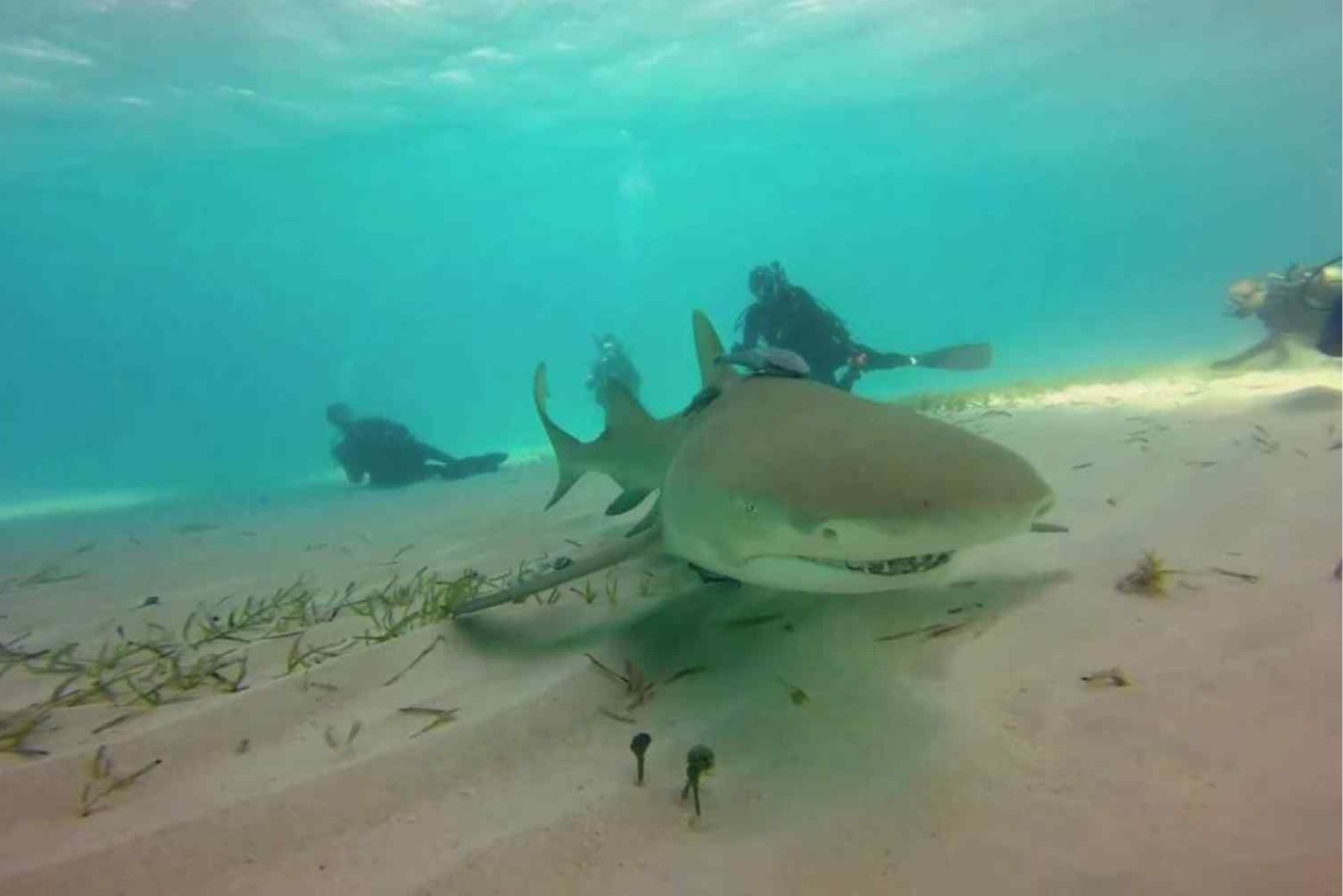
Source: YouTube/Pinterest
Eccles felt intimidated by her presence but was still trying to understand what the shark wanted with him. Although intimidated, he knew that these fish have been encountered by many locals at the beach without attacking.
Eccles Investigates the Unusual
According to research, lemon sharks can reach up to 11 feet long and feed on other sea creatures. Eccles had had run-ins with some of them in open waters but had never panicked or been attacked by one.
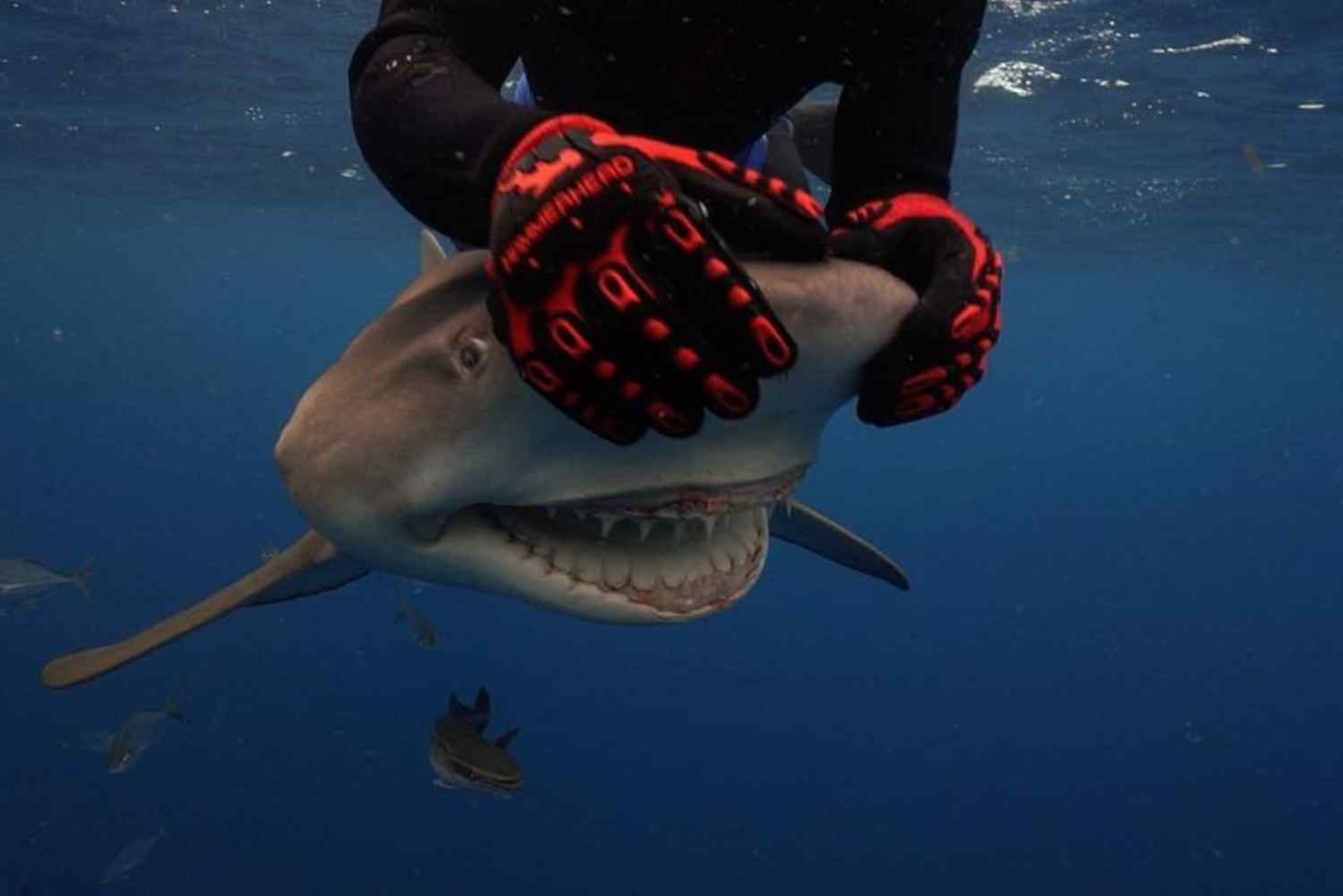
Source: Shark Addicts/Facebook
After several bumps by the shark, Eccles decided to try and understand what the problem was, and he immediately noticed something out of place.
The Foreign Object That Caused Distress
Eccles looked closely at the exposed belly of the shark and saw something sticking out. He poked at it a bit and realized it was a huge hook.
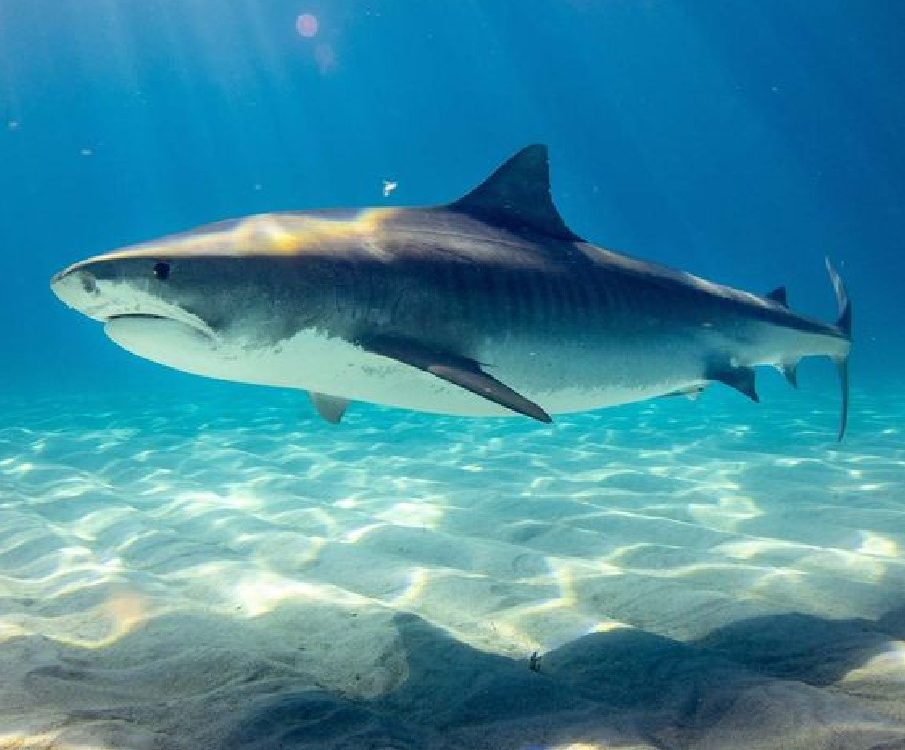
Source: Shark Safety/Pinterest
The hook had been holding on to a part of the shark’s body and caused the poor animal much distress. It must have gotten stuck by accident.
Removing the Hook That Was Lodged
The local diver tried pulling the hook out, but the shark quickly swam away. At which point, Eccles realized it was not going to be an easy feat.
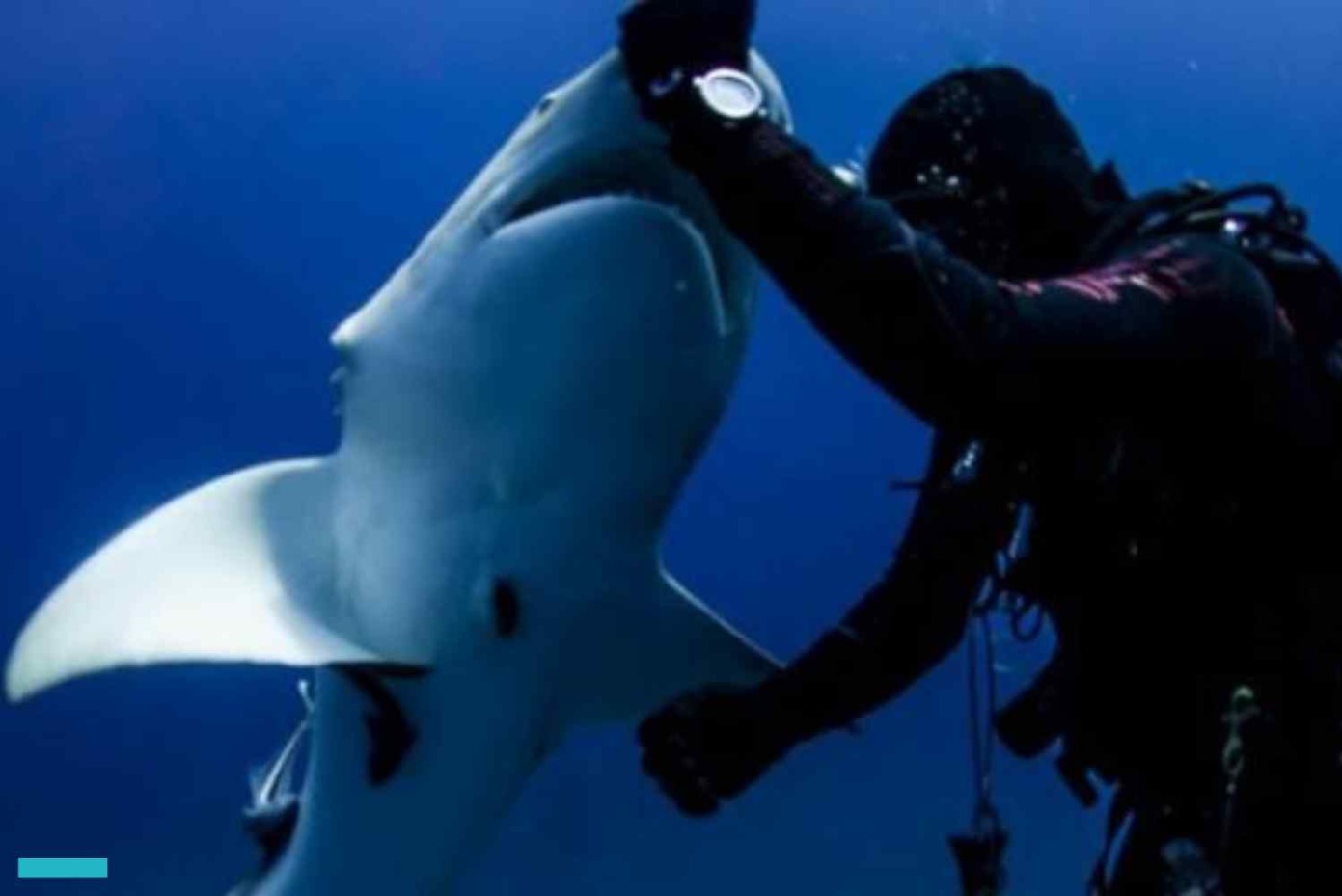
Source: S.Yimg/Pinterest
As time passed, the shark returned, and Eccles tried to help again. He grabbed it by the head and began to slowly tug on the hook until he pulled it out of the shark’s body.
The Shocking Size of the Hook
The hook was metal, and Eccles has no idea how big it was until he had completely pulled it out. He was shocked at the size of the foreign object.
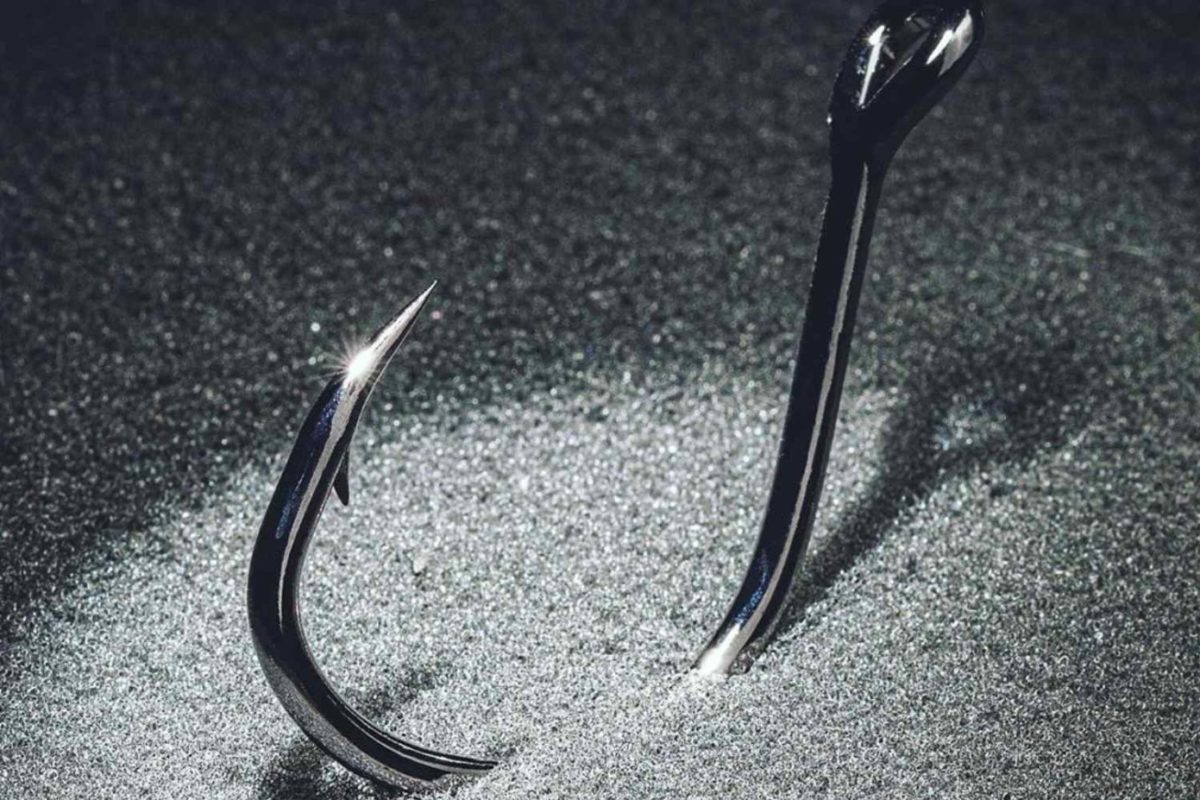
Source: Mary G Williams/Pinterest
The local diver, who stands at a height of six foot three inches (190 cm) and weighs two hundred pounds, said the hook was about the size of his palm as he held it.
Contamination in Open Waters
Hooks found in open waters are a result of the actions of fishermen and poachers. These hooks contaminate water bodies and are occasionally ingested by unassuming aquatic animals.

Source: Wikimedia Commons
When swallowed, they could cause severe and fatal harm to these sea creatures by poking their organs and causing injuries that could lead to their demise. Many fishermen have been warned to avoid using fishing gear that is not strong enough to hold in water.
How the Hook Got Stuck
According to Eccles, the moment he started tugging on the hook, the shark could not wait to be rid of the foreign object.

Source: Shark Savers/Facebook
Eccles also assumed that the hook must have been swallowed by the unassuming lemon shark about a year earlier, and wanted to make its way out but got stuck in the process. This obstruction caused a lot of distress to the shark and eventually made her cry out for help.
Adverse Effect of Water Contaminants on Aquatic Animals
Many fishes have been found to have ingested objects. These contaminants range from soft to hard, like foreign objects. Although the belly of some sea animals is considered tough, contaminants like the hook stay in the belly of these animals for years before they either find their way out or cause fatal harm to them.
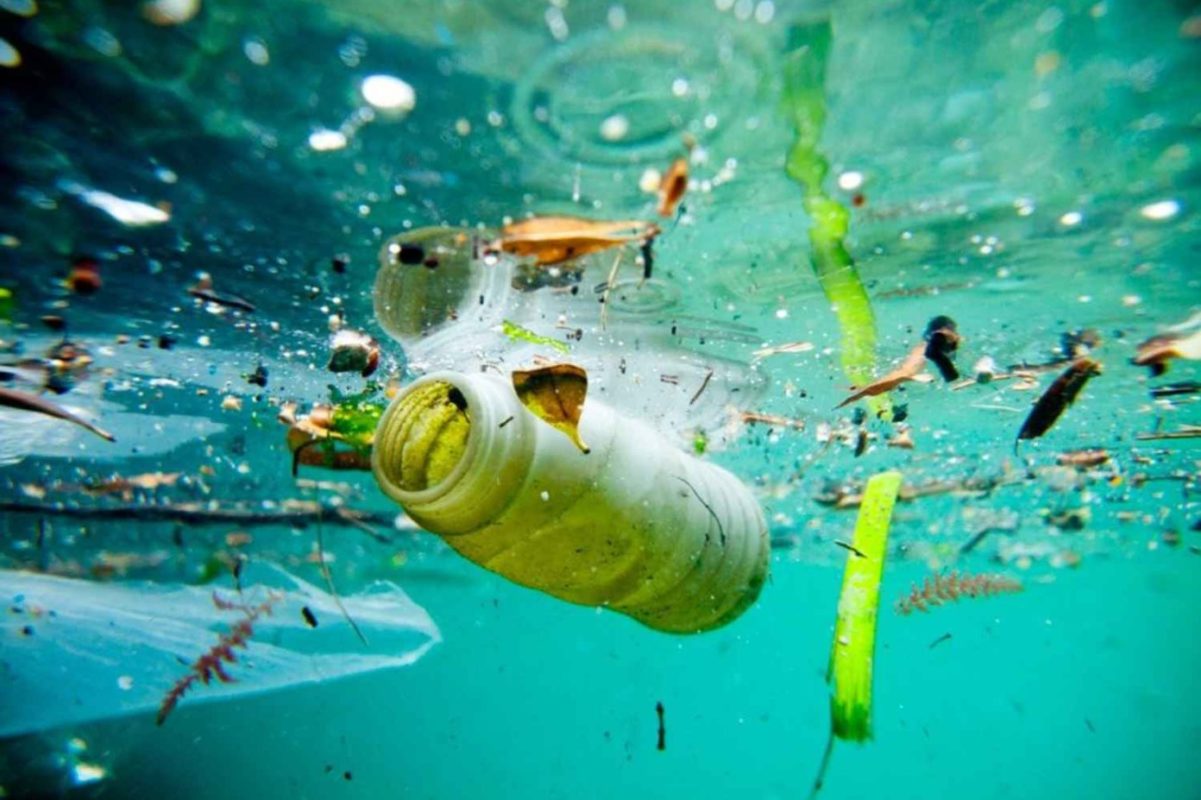
Source: Article Cube/Pinterest
Metal hooks, however, do not dissolve—they stay in the belly of these fish, rusting for years.
The Chance Encounter That Saved a Life
Fortunately for the female lemon shark, she was able to send a distress signal, and Eccles was brave enough to swing into action and provide a solution, even in the midst of his initial confusion.
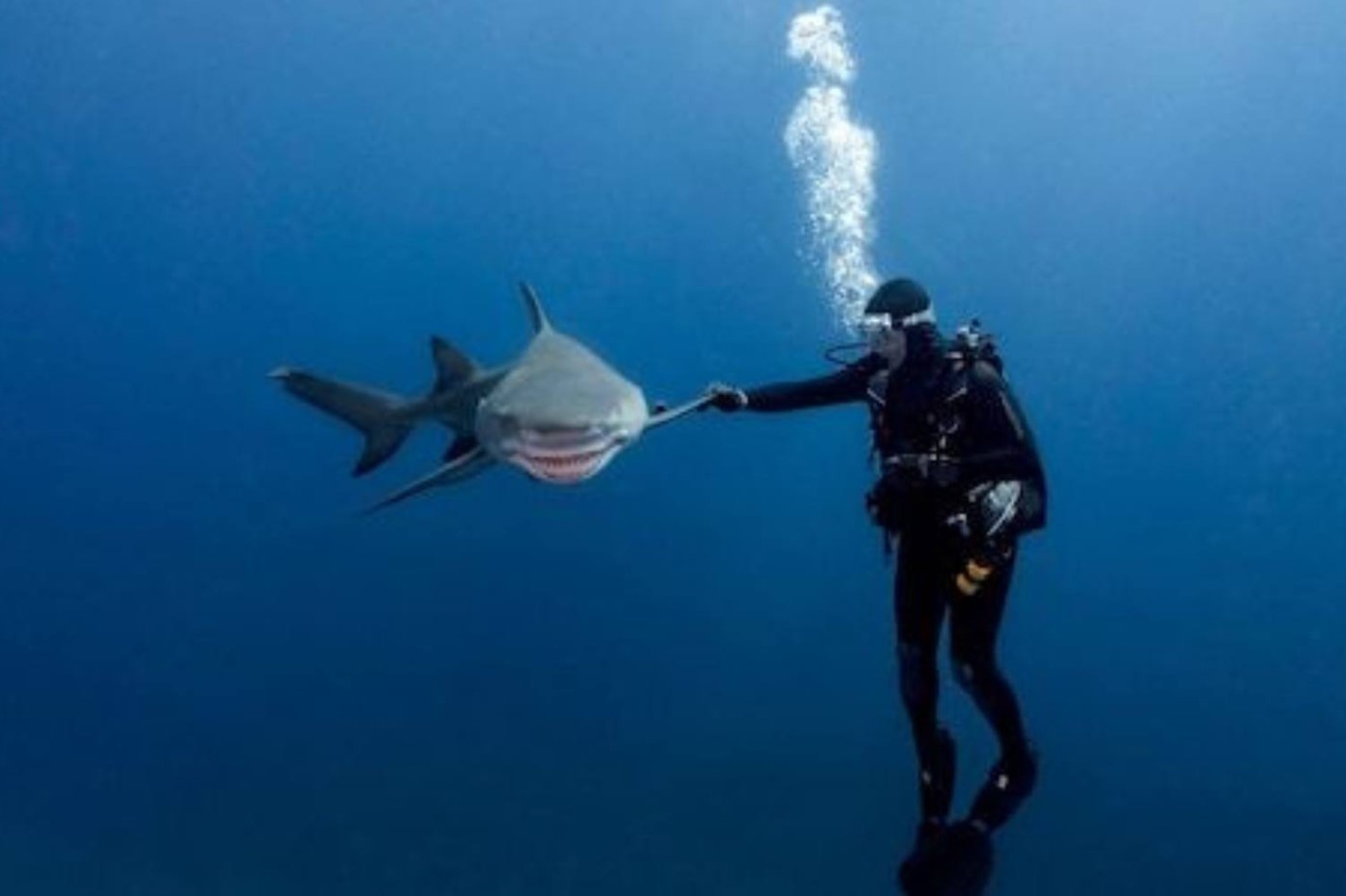
Source: Pinterest
After the hook had been removed, the lemon shark happily swam away from Eccles, and he felt happy to have helped the poor animal, who was evidently in a lot of pain.
A True Superhero
Eccles considers himself privileged to have been a part of such an amazing experience. It was a crazy opportunity for him and his team.
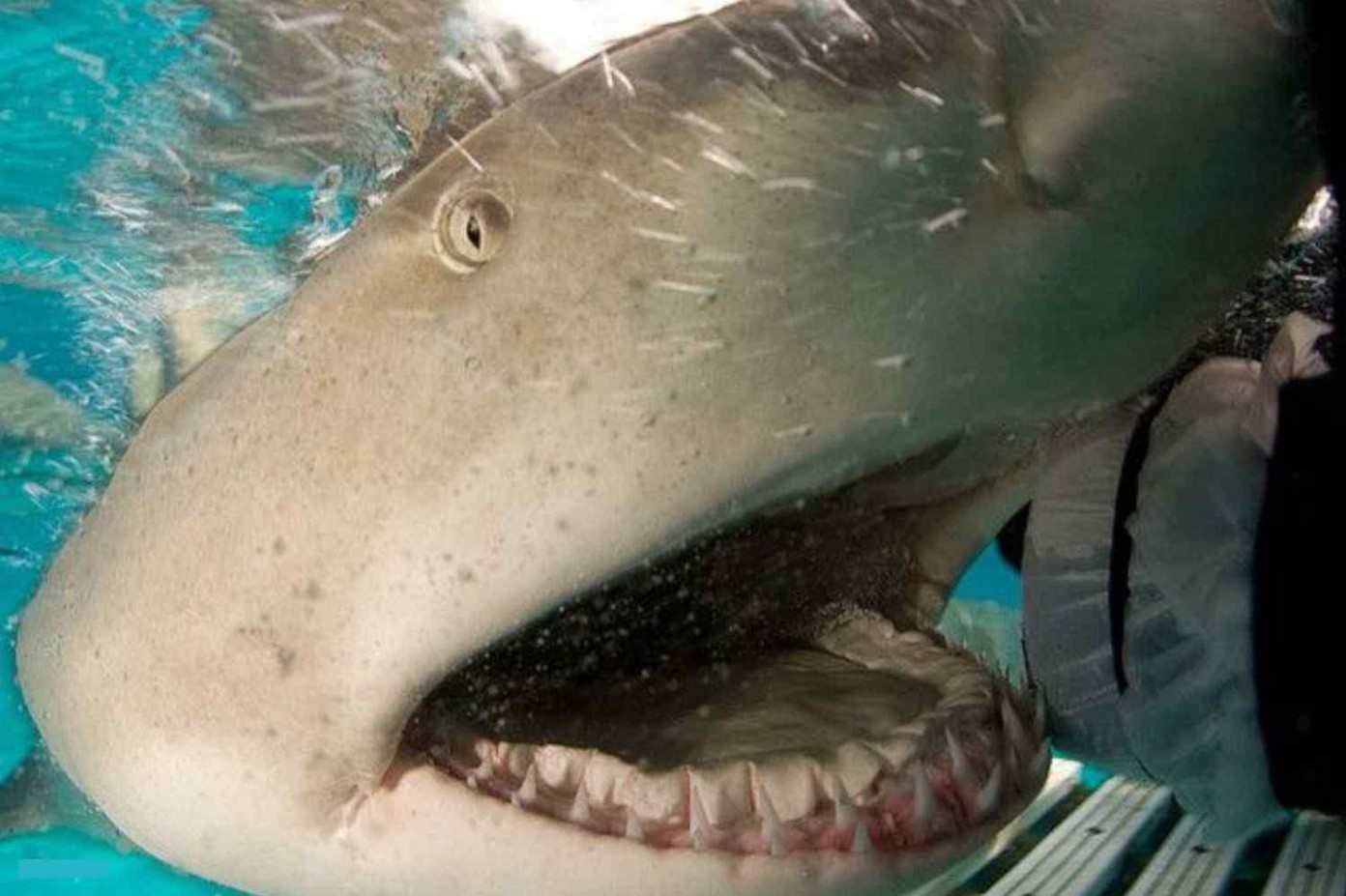
Source: Pinterest
The whole event had been captured on camera by his team, and at some point, the female shark had swum up to the camera in a show of gratitude for Eccles. Thanks to his courage in the midst of fear, the local diver is now considered a true superhero.
